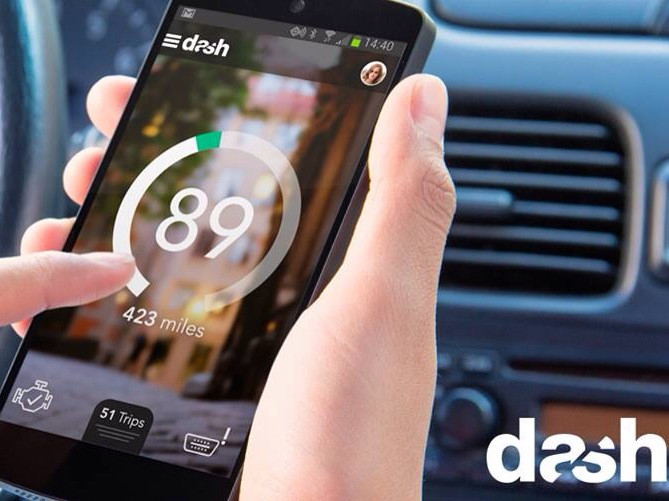
Fake News, Fake users as well as fake accounts. Many of these start arising since the introductions of social media. Such things greatly impact the lives of daily social media users as well as marketers, due to the fact that fake news are usually more attention seeking and garner a lot of traffic and attention.
There is a lot of heat on the debate about Facebook flagging and removing inappropriate content or deleting fake accounts. In 2018, it is stated that Facebook removed 1.3 billion fake accounts out of the 2.2 billion registered active users per month. That means that more than half of the users on Facebook are fake. This however is just news, which could very well be fake media as well. The main reason why Facebook, or even online games, sometimes do not quickly take action or ignore the amount of fake accounts or hackers, is because of a simple reason, which their number of active users, which boils down to money.

Well, Facebook is a social media platform, and what are Facebook’s greatest assets? Yes, the USERS. Without user accounts, Facebook has no meaning, because Facebook run advertisements in which the higher amount of users they have, the more they can charge companies for sponsored advertisements!
Let’s take a look at a good example of fake posts, and how it affects both marketers as well as consumers. Below is a picture of a BMW giveaway back in 2014, where a page named BMW ///M POWER created a post that promised to giveaway 2 BMWs which you can stand a chance to win simply by following the steps on the post. The amount of traffic the post garnered was over the roof within a single day, and the page itself has a huge amount of following, which led people into believing that this giveaway was real.

It was not until the actual BMW page stepped forward to address that there is no such promotion going on.
What about the consequences?
In the short run,
High Traffic
Fake news is a sure-fire way to increase your click-through rates by many folds. Marketers can create a giveaway that sounds promising but a fake winner is picked in the end, which will also lead to many users wanting to participate.
In the long run,
Credibility Issues
Consumers will start to question themselves every time they see an online promotion ongoing, and if it sounds too good to be true, they might just ignore it. This will affect marketers because their posts might not garner the actual amount of traffic that they paid for.


















